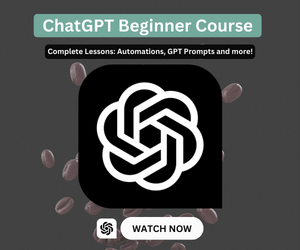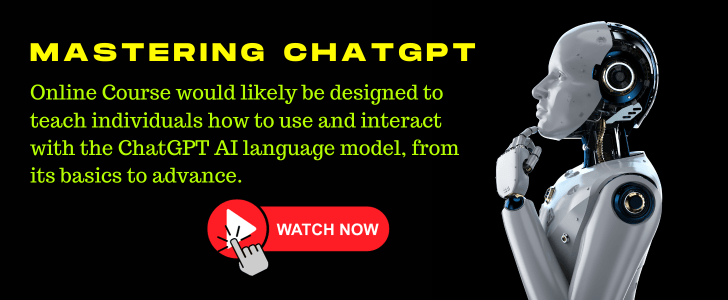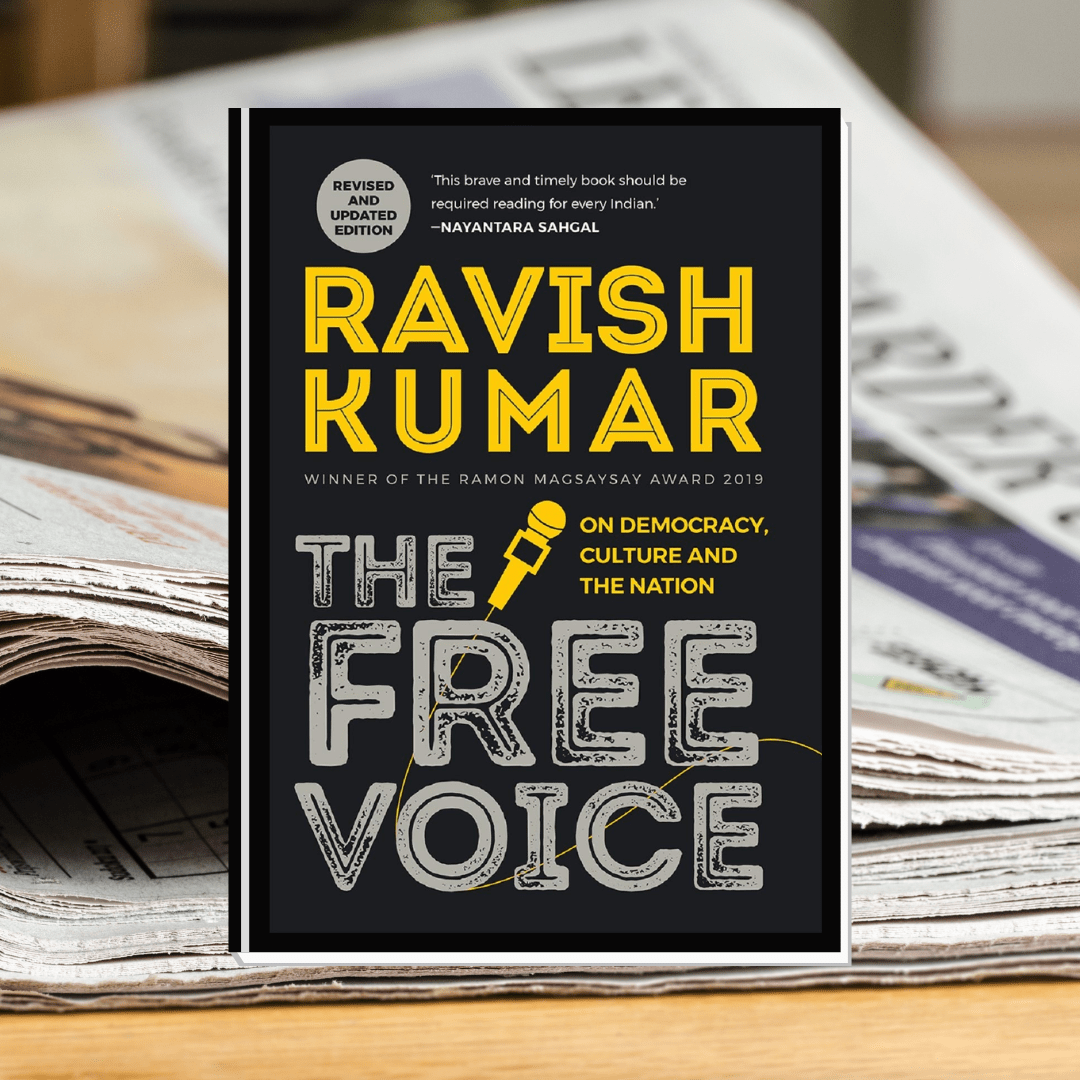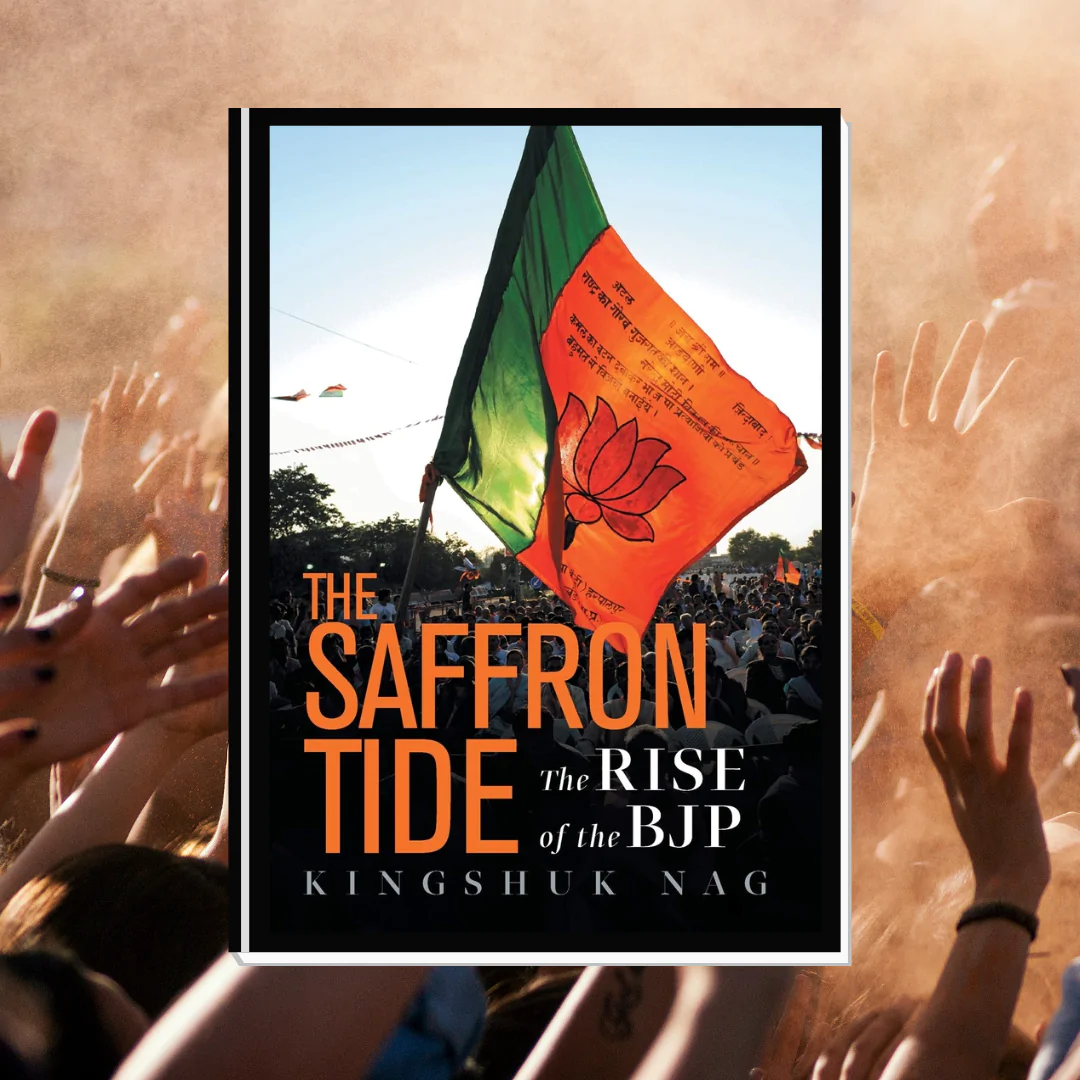
Here you will find all the information you need to know to become a ChatGPT prompt engineer. This article will introduce you to the fascinating world of AI-powered discussions and provide you the tools you need to succeed in it. This book will give you the tools you need to succeed as a ChatGPT prompt engineer whether you are a developer, a language enthusiast, or just inquisitive about the inner workings of conversational AI.
Understanding ChatGPT.
Before we dive into the specifics of becoming a ChatGPT prompt engineer, let’s briefly discuss what ChatGPT is. ChatGPT is an advanced language model developed by OpenAI. It leverages state-of-the-art deep learning techniques to generate human-like text responses based on given prompts. As a ChatGPT prompt engineer, your role is to craft high-quality prompts that elicit accurate and contextually relevant responses from the model.
Acquiring the Necessary Skills.
1. Programming Proficiency.
To begin your journey as a ChatGPT prompt engineer, a solid foundation in programming is essential. Proficiency in languages such as Python will enable you to interact with the ChatGPT API, manipulate text data, and build custom applications around the model.
2. Natural Language Processing (NLP).
A strong understanding of Natural Language Processing (NLP) is crucial for effectively working with ChatGPT. NLP encompasses various techniques and algorithms used to analyze, understand, and generate human language. Familiarize yourself with concepts like tokenization, part-of-speech tagging, and named entity recognition to enhance your prompt engineering skills.
3. AI and Machine Learning Fundamentals.
Having a grasp of AI and machine learning fundamentals will greatly benefit your journey as a ChatGPT prompt engineer. Understanding concepts like neural networks, deep learning architectures, and model training will empower you to optimize and fine-tune ChatGPT’s responses.
Crafting Effective Prompts.
Crafting effective prompts is an art that requires a combination of creativity and precision. Follow these tips to maximize the quality and relevance of the responses generated by ChatGPT.
1. Define Clear Goals.
Before formulating your prompts, clearly define the goals and objectives you want to achieve. This will help you provide specific instructions to ChatGPT and yield targeted responses. For instance, if your goal is to generate a creative story, frame your prompts accordingly.
2. Provide Context.
Context is key when working with ChatGPT. Ensure that your prompts include relevant information to set the context and guide the model’s understanding. By providing necessary details, you can elicit more accurate and coherent responses from ChatGPT.
3. Experiment and Iterate.
Prompt engineering is an iterative process. Experiment with different phrasings, structures, and instructions to find the most effective prompts. Observe the generated responses carefully, make adjustments, and refine your prompts to achieve optimal results.
4. Prompt Engineering Techniques.
To further enhance the quality of your prompts, consider employing the following techniques:
a. System Messages:
Including system-level instructions in your prompts can guide ChatGPT’s behavior. For example, using a system message like “You are an expert in the field, provide a detailed response” can influence the generated output.
b. Control Tokens:
Control tokens are a powerful tool for shaping the behavior of ChatGPT. By specifying control tokens in your prompts, you can guide the model to adopt specific personas or exhibit desired traits. Experiment with control tokens to customize the responses according to your requirements.
c. Temperature Setting:
Temperature setting controls the randomness of ChatGPT’s responses. Higher values like 0.8 introduce more randomness, resulting in more diverse but potentially less focused responses. Lower values like 0.2 produce more deterministic and focused outputs. Adjust the temperature setting based on the desired output style and coherence.

Mastering ChatGPT
Dive deep into the world of AI with ‘Mastering ChatGPT: From Beginner to Advanced’. Unlock the secrets of conversational AI, journeying from the fundamental principles to intricate, expert-level interactions. Elevate your digital conversations and transform how you engage with the future of technology. Your AI mastery begins here!
Training and Fine-tuning ChatGPT.
To become a proficient ChatGPT prompt engineer, it’s crucial to familiarize yourself with training and fine-tuning techniques. OpenAI provides resources and guidelines for fine-tuning ChatGPT on specific tasks and domains. Follow these steps to train and fine-tune ChatGPT for optimal performance:
- Dataset Collection: Gather a dataset that aligns with your target domain or task. Ensure the dataset is diverse, representative, and well-structured.
- Dataset Preprocessing: Clean and preprocess the dataset, removing any noise or irrelevant information. Perform tasks like text normalization, tokenization, and data augmentation, if required.
- Model Training: Train ChatGPT on your dataset using appropriate techniques such as transfer learning. Fine-tuning can be done using methods like supervised fine-tuning or reinforcement learning.
- Evaluation and Iteration: Evaluate the performance of the trained model using appropriate metrics and test datasets. Iterate and fine-tune the model based on the evaluation results to improve its effectiveness.
Remember, training and fine-tuning ChatGPT require computational resources and expertise. It’s advisable to start with the base model provided by OpenAI and gradually explore training and fine-tuning as you gain more experience.
Best Practices for Prompt Engineering.
To excel as a ChatGPT prompt engineer, adopt the following best practices:
- Consistency: Maintain consistency in the prompts to ensure coherent and logical responses from ChatGPT. Stick to a predefined structure and format to establish a conversational flow.
- Validation and Testing: Regularly validate and test the prompts with different scenarios and user inputs. This helps identify any potential biases or gaps in ChatGPT’s responses and allows for refinement.
- User Feedback and Iteration: Pay attention to user feedback and iterate on your prompts accordingly. Actively seek input from users to understand their needs and expectations, and incorporate their feedback to enhance the quality of the prompts.
- Ethical Considerations: Be mindful of ethical considerations when crafting prompts. Avoid biases, offensive content, or generating misleading information. Strive to create prompts that prioritize inclusivity, fairness, and accuracy.
Conclusion.
Becoming a ChatGPT prompt engineer opens up exciting opportunities to shape AI-powered conversations and deliver high-quality user experiences. By acquiring the necessary skills, understanding the nuances of prompt engineering, and employing effective techniques, you can optimize ChatGPT’s responses and excel in this field.
Remember to define clear goals, provide context, and experiment with different prompt engineering techniques. Familiarize yourself with training and fine-tuning methods to further enhance ChatGPT’s performance. By following best practices, validating prompts, and incorporating user feedback, you can continuously improve and refine your prompt engineering skills.
Embrace the power of AI and unleash your creativity as you embark on your journey to become a ChatGPT prompt engineer. The possibilities are endless, and the impact you can make is significant. So, dive in, explore, and enjoy the ever-evolving world of AI-powered conversations!







